Cause of death Airplane crash Role Car racer | Name Curtis Turner Best finish 5th (1950) | |
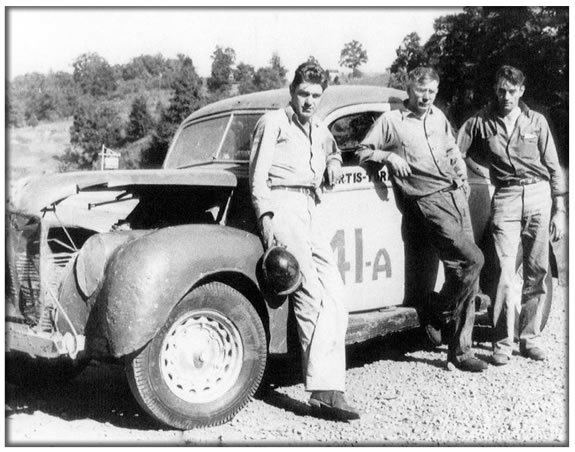 | ||
Achievements 1956 Southern 500 WinnerInaugural winner at Rockingham Speedway (1965)Led Grand National Series in wins one time (1950)Holds record for most career NASCAR Convertible Division wins (38)Holds record for most career NASCAR Convertible Division poles (23)Holds record for most NASCAR Convertible Division wins in a season (22, 1956)Holds record for most NASCAR Convertible Division poles in a season (16, 1956) Awards 1956 Grand National Series Most Popular DriverNamed one of NASCAR's 50 Greatest Drivers (1998) International Motorsports Hall of Fame (1992) Motorsports Hall of Fame of America (2006)NASCAR Hall of Fame (2016) First race 1949 NASCAR Strictly Stock Series Race 1 | ||
The Golden Era of NASCAR: Curtis Turner
Curtis Turner (April 12, 1924 – October 4, 1970) was an American stock car racer. In addition to his success in racing, he made a fortune, lost it, and remade it buying and selling timberlands. Throughout his life he developed a reputation for drinking and partying. In 1999, he was inducted into the Virginia Sports Hall of Fame.
Contents
- The Golden Era of NASCAR Curtis Turner
- Virginia transportation museum curtis turner day sharonmooremyers2014
- History
- Accomplishments
- Labor union
- NASCAR comeback
- Death
- References
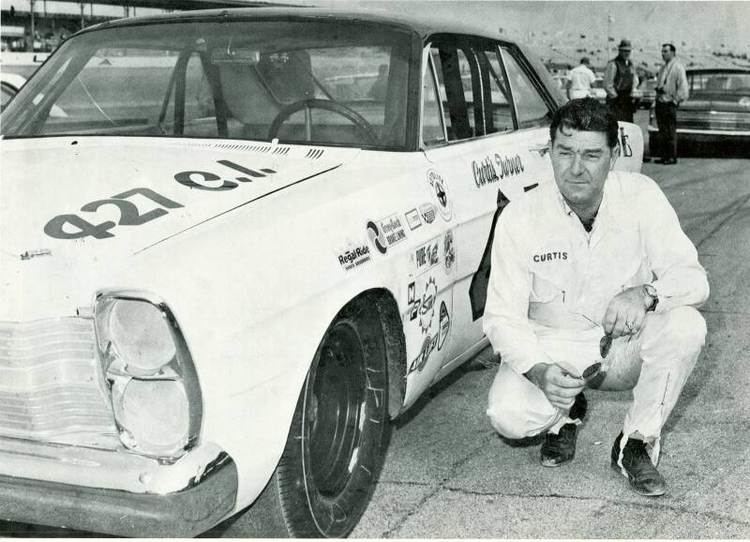
Virginia transportation museum curtis turner day sharonmooremyers2014
History
He was born in Floyd, Virginia to Morton and Minnie Turner on April 12, 1924. Curtis grew up with a brother and two sisters. His Father, Morton Turner, was into the moonshine business and having a productive still. Curtis was responsible for delivering his father's moonshine it to the customers. From a very early age, long before he was old enough for a driver’s license, Curtis developed his driving talents by running moonshine through the mountains from the law. He was never caught by anyone. local stories of how Curtis would still get away free from hot pursuit of revenuers and lawmen and his legendary ability to turn a car 180 degrees in a very small space.

He began his racing career in 1946 when he finished 18th in a field of 18 contestants in a race at Mount Airy, North Carolina. However, he rebounded and won his next race. He also was one of the founding member in the original group that met in Daytona Beach at the Streamline Hotel to discuss and support the formation of NASCAR. During his career, he won 360 races in several different racing series, including 22 in the NASCAR Convertible Division in 1956, and 17 wins in the NASCAR Grand National series (now Sprint Cup). From 1950 to 1954, he drove for Oldsmobile being billed as the Blond Blizzard of Virginia. He switched to driving Fords in 1954. He eventually acquired the nickname of Pops, allegedly because of the way he would "pop" other drivers on the track.
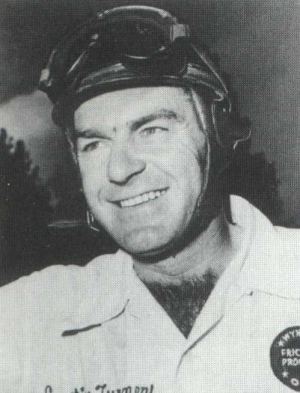
Turner drove a Holman Moody-prepared Studebaker Lark in the 2-hour compact car race accompanying the inaugural United States Grand Prix at Sebring, Florida, on December 12, 1959. He finished second overall, trailing the disc-brake equipped Jaguar 3.4 of Walt Hansgen.
Accomplishments
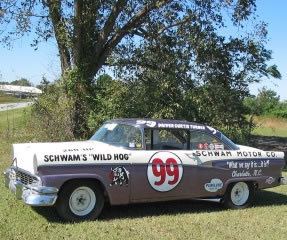
He is noted for several other racing accomplishments:[1]
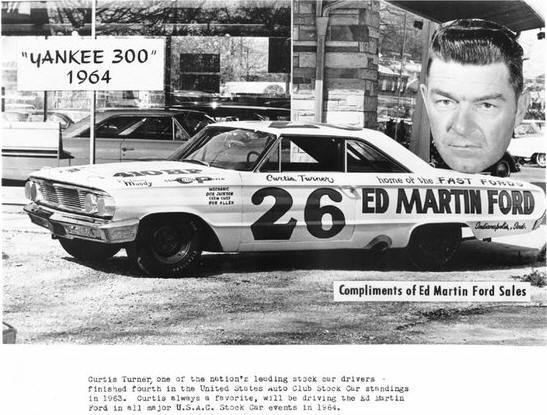
Labor union
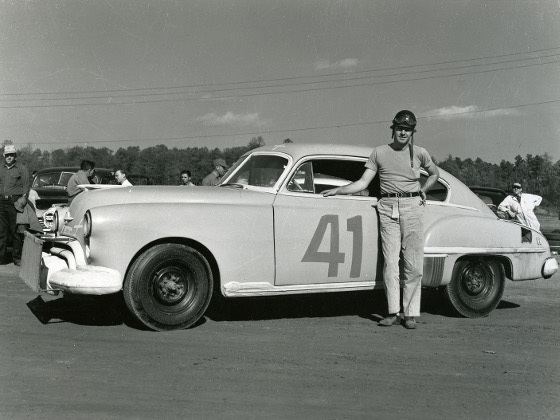
Needing money in order to support the newly constructed Charlotte Motor Speedway, Turner and his business partner Bruton Smith turned to the Teamsters Union to organize a union for them, the Federation of Professional Athletes, in 1961. According to The Washington Post: "His aims are for better purses, a share in broadcasting rights and retirement benefits for the drivers." NASCAR founder "Big Bill" France refused to let any driver who was a part of the union race, and eventually all the drivers except for Turner and Tim Flock sided with France. Turner and Flock were banned for life and Charlotte Motor Speedway went bankrupt before being saved by its board of directors.
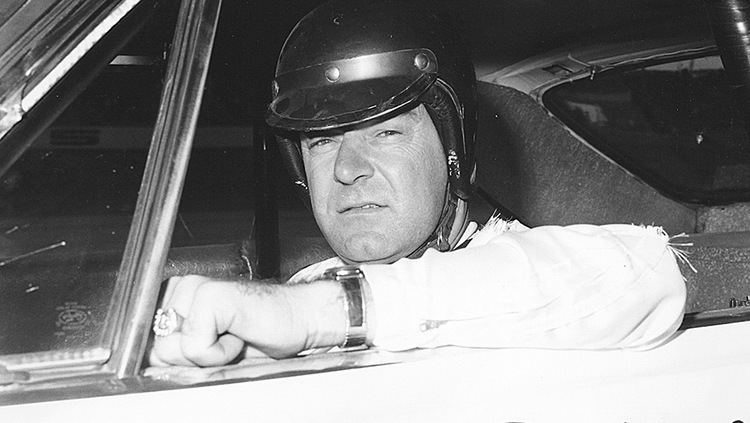
Turner continued to race under other sanctioning bodies, including the Midwest Association for Race Cars (MARC), even promoting his own 100-mile event on the dirt at Lakewood Speedway, Georgia, in October 1961. Tim Flock finished second in that event. Turner and Flock sued NASCAR and its president Bill France "seeking $200,000 punitive damages each and restitution for loss of earnings." "Attorneys for the drivers claim the ban represents a violation of state right to work laws because test driving contracts involving $150 a day plus expenses were canceled as a result of the action. NASCAR and France's attorneys contended the ban isn't a right to work violation because it doesn't involve an employer-employee relationship. They said Flock and Turner are individual contractors and not employees of NASCAR or any track."
NASCAR comeback
However, the ban was lifted after four years in 1965, and Turner returned to NASCAR racing. Bill France was in a bind and needed to mend some fences. 1962 and 1963 NASCAR-points champion Joe Weatherly was killed driving a Mercury at Riverside, California on January 19, 1964, and his star driver Fireball Roberts had died following a fiery crash on May 24, 1964, at the World 600 in Charlotte. The track owners wanted Turner back. "Turner was slated to drive for a newly-organized group, The Grand American Racing Association, organized July 31 in Sumter, S.C. Turner was due to compete in the first of 17 scheduled races at Concord, N.C. Aug 21." France was also short of cars. The Chrysler factory were boycotting NASCAR over the organizing body's ban of the Hemi engine, and Richard Petty went drag racing in the first half of the 1965 season. The Ford factory were also in dispute with NASCAR over the SOHC engine, which faced a joint NASCAR-USAC ban on December 17, 1965.
Turner, then 41, soon notched the first victory of his comeback in a Ford at the inaugural American 500, at the North Carolina Motor Speedway, Rockingham, North Carolina, on October 31, 1965, winning a purse of $13,090. Turner lost his Ford ride in 1966 when: "Ford withdrew its factory backed racing teams from competition when the National Association for Stock Car Auto Racing and the United States Auto Club ruled April 6 that Fords equipped with an overhead cam engine must carry 427 additional pounds." Turner started the 1966 season in a Ford, but with the Ford-factory withdrawal, he signed to drive a Chevrolet for Smokey Yunick out of Daytona Beach, Florida.
In 1968 he was the first NASCAR driver to appear on the cover of Sports Illustrated.
Death
He died in an airplane crash near Punxsutawney, Pennsylvania on October 4, 1970. The crash also killed golfer Clarence King. Police said the Aero Commander 500 piloted by Turner crashed shortly after taking off from the Dubois-Jefferson Airport en route to Roanoke, Virginia.
